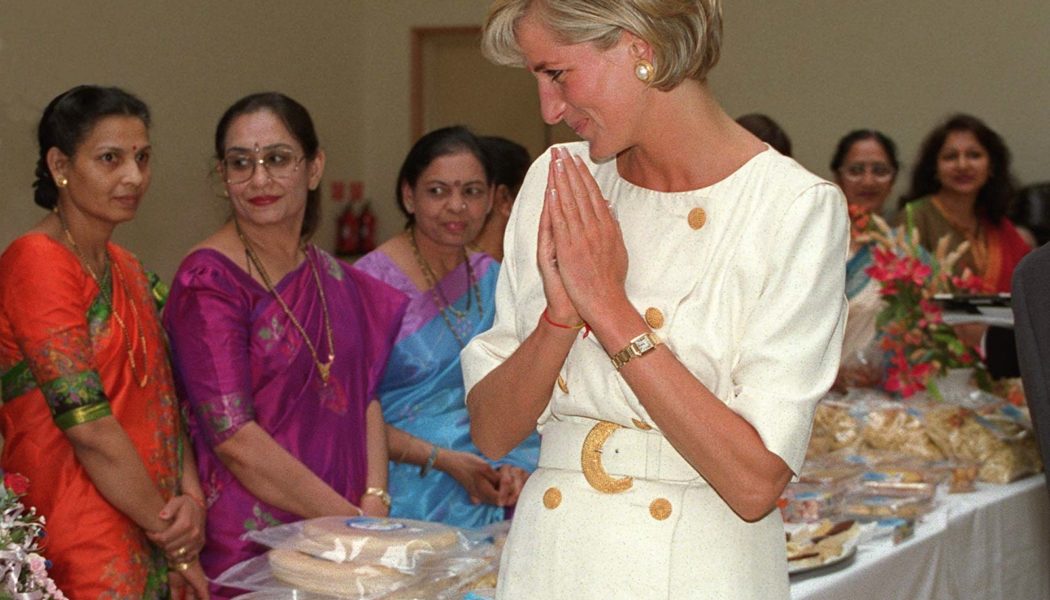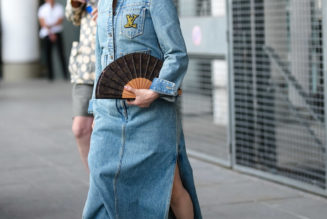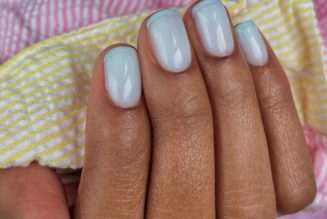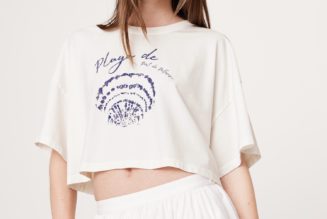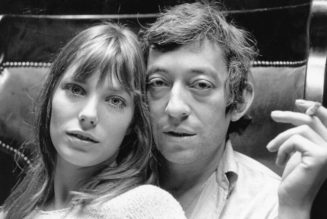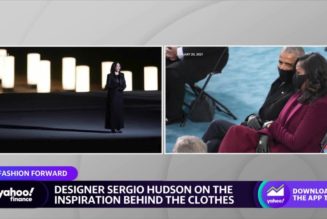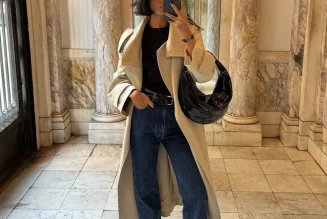Samantha Haizelden, a British collector with more than 17 years of experience, agrees. A chapter head for her local RedBar group, a global community of watch aficionados, she also runs Watch Concierge Services, which sources rare pieces. “It is so much more fun to buy a certified preowned or vintage watch – they exude charm,” Haizelden says.
As with any big investment purchase, it pays to do your research. Sweden-based watch collector Lydia Winters, who has been collecting for 10 years and co-hosts a podcast called This Watch Life, notes that social media can offer online practical tips and analysis. Vogue recommends Hodinkee podcasts, Instagram accounts including @WatchBrothersLondon and @Justinhast, as well as TikToker Mike Nouveau, who is an experienced vintage dealer.
When it comes to making your purchase, where you browse and buy a vintage (or CPO) watch matters. Crucially, always try to see the watch in person before investing, says Ben Staniforth, UK country manager for Watchfinder & Co, an online preowned platform that also has six standalone boutiques in the UK. “When you try on a watch, you feel the weight, the way it sits on the wrist and the quality. You either fall in love with it or it doesn’t feel right. You can look at all the pictures in the world, but you have to feel it,” says Staniforth.
Vintage watches are available in retail stores that not only sell new watches but also have heritage departments, as well as online platforms, auction houses and local stores that specialise in preowned timepieces. These establishments typically inspect, authenticate and service the watches before selling them – sometimes they even provide a warranty. Yes, you can buy preowned watches at the local pawn shop or random antique stores, but they are rarely inspected and serviced.
As for what to buy, it’s worth thinking beyond the bestsellers. Open your mind to smaller, lesser-known brands (such as Gérald Genta) and overlooked styles (Vogue editors love Rolex King Midas watches), as well as unconventional shapes or colours. “We’re seeing interest in Cartier, which had some great shaped watches in the 1970s that haven’t been repeated,” says Somlo. Good design stands the test of time and, you never know, you may spot a piece that surges in value. Or, as Haizelden puts it, “If you’re brave enough to dip your toe into the market, you could be rewarded…” Case in point: the recent price spike for the asymmetrical, Dalí-esque Cartier Crash. Last September at Sotheby’s, a yellow-gold model sold for £150,000, some 50 per cent more than its estimate.
